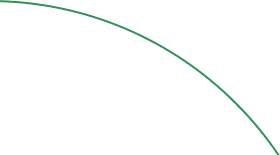



Fundamental Mathematical Definition and Basic Properties
The Laplace Transform is a mathematical operator that converts a function of time f(t) into a function of complex frequency F(s) through integration with an exponential kernel. It's defined as the integral of the product of the original function and a decaying exponential e^(-st), evaluated from zero to infinity. This transformation creates a powerful bridge between time-domain analysis and complex frequency analysis, enabling the solution of differential equations through algebraic manipulation.
Converting Time-Domain Circuits to Frequency Domain
Transforms differential equations governing RLC circuits into algebraic equations for easy analysis
System Transfer Function Analysis
Enables analysis of system stability, response characteristics, and controller design through s-domain methods
Vibration and Dynamic Response Studies
Analyzes mechanical systems, spring-mass-damper systems, and structural dynamics problems
Filter Design and Signal Analysis
Designs analog filters, analyzes system responses, and characterizes linear time-invariant systems
Before diving into applications, understand the fundamental definition and what it represents:
L{af(t) + bg(t)} = aL{f(t)} + bL{g(t)} - linear operator by definition
e^(-st) kernel provides frequency selectivity and convergence control
Transform exists only if integral converges for some values of s
Integration from 0 to ∞ focuses on causal systems and future behavior